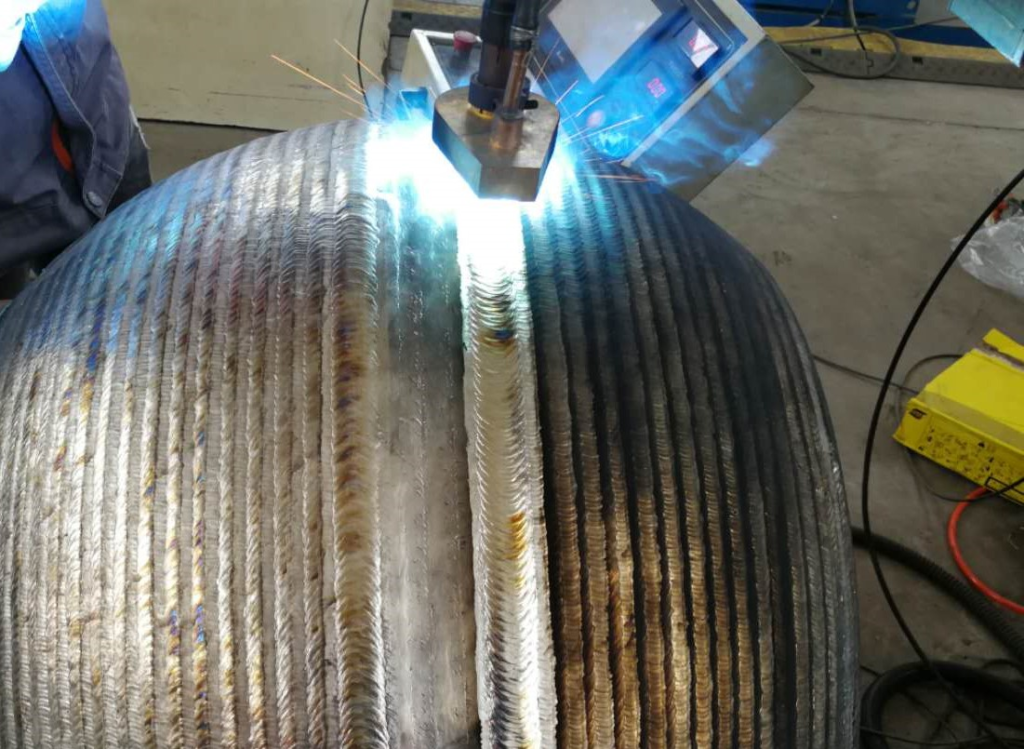Metal Matrix Composites: Structure, Advantages, and Industrial Applications
In modern engineering, the demand for materials that combine strength, lightness, and durability has driven the development of Metal Matrix Composites (MMCs). By integrating a metallic base with reinforcing materials, MMCs achieve a balance of properties that single metals cannot provide—making them vital in aerospace, automotive, and industrial equipment manufacturing.
A metal matrix composite consists of a metal or alloy matrix that forms the continuous phase, and one or more reinforcing elements that improve strength, stiffness, and wear resistance. This synergy enables the creation of high-performance materials engineered for specific applications and environmental challenges.
Matrix Materials: The Foundation of MMCs
The metallic matrix provides ductility, toughness, and excellent thermal and electrical conductivity, while also determining the material’s processing behavior.
Common matrix types include:
- Light metal matrices – such as aluminum, magnesium, and titanium alloys. These materials are valued for their low density and are widely used in aerospace and automotive lightweight structures.
- High-temperature metal matrices – including nickel, copper, iron, and cobalt-based superalloys. These are ideal for engine components and other high-heat environments where mechanical integrity is critical.

Valve welding overlay cladding
Reinforcement Materials: Enhancing Performance
The reinforcement phase is the key factor that defines the superior properties of MMCs. It provides mechanical strength, rigidity, and thermal stability, and can be tailored to meet directional or isotropic performance needs.
Typical reinforcement types include:
- Continuous fibers (e.g., carbon fiber, silicon carbide fiber) — providing exceptional unidirectional strength and stiffness.
- Short fibers or whiskers (e.g., SiC whiskers, alumina fibers) — offering improved multidirectional mechanical properties.
- Particles (e.g., silicon carbide, alumina) — delivering isotropic reinforcement and cost-effective manufacturing solutions.
Key Advantages of Metal Matrix Composites
The combination of metallic and ceramic or non-metallic reinforcements gives MMCs several distinct performance advantages:
- High specific strength and stiffness — excellent strength-to-weight ratio.
- Superior high-temperature performance — maintains structural stability under extreme heat.
- Outstanding wear and corrosion resistance — ideal for friction and abrasion environments.
- Dimensional stability — minimizes deformation during operation.
- Customizable performance — easily tailored through alloy design and process optimization.
Moreover, the lightweight yet durable characteristics of MMCs make them ideal for replacing traditional steels or polymers in demanding engineering environments.
Industrial Applications of Metal Matrix Composites
Metal matrix composites have become indispensable materials in advanced industries that demand both mechanical strength and design flexibility.
- Aerospace & Aviation: Structural components, turbine blades, and engine parts requiring high strength-to-weight ratios and heat resistance.
- Automotive Industry: Brake discs, pistons, and wear-resistant components that enhance fuel efficiency and longevity.
- Electronics & Energy Systems: Heat sinks, packaging materials, and thermal management components.
- Sports & Precision Equipment: High-performance parts where stiffness, strength, and precision are key to performance.
The versatility of MMCs enables engineers to optimize each component for specific functions, balancing weight, durability, and cost-efficiency.
Future Outlook and FNS’s Role in Advanced Materials
As global industries continue to pursue lighter, stronger, and more sustainable materials, Metal Matrix Composites stand at the forefront of innovation. Their ability to combine metallic ductility with ceramic hardness opens new frontiers for structural and thermal applications.
At FNS Pipeline Technology Co., Ltd., we are dedicated to developing advanced composite and alloy-based material technologies. Our expertise in surface engineering, welding, and cladding supports next-generation manufacturing needs-ensuring reliability, performance, and sustainability across industries.


